Easy Tomato Vegetable Juice With A Touch Of Lime
Views: 182
If you are exploring opportunities for canning your own food, consider including tomato vegetable juice in your repertoire. Unquestionably, preparing juice from scratch is a rewarding and satisfying experience, fostering a stronger connection to your food and where it comes from.
However, there are other advantages of canning vegetable juices at home that are worth mentioning:
- Firstly, making homemade vegetable juice gives you control over the ingredients used, which means you have control over the quality and ripeness of the produce. Essentially, this ensures that you get the maximum nutritional benefits and the best taste in a preserved vegetable juice.
- Secondly, making tomato vegetable juice at home can be more cost-effective, especially if you have access to reasonably priced, in-season produce.
- Thirdly, homemade fruit and vegetable juices allow you to use up excess fruits and vegetables that may be reaching the end of their freshness, reducing food waste. Not only that, by making juice at home, you can reduce your environmental footprint by avoiding the plastic packaging and transportation associated with store-bought juices.
Most importantly, you have the freedom to control what goes into your vegetable juice recipe!
Tomatoes used in this vegetable juice recipe
The choice of tomatoes for this recipe is entirely up to you. Whether you opt for sweet cherry or grape tomatoes, or go for big, flavorful heirloom varieties, all of them will work beautifully. Just be sure to eliminate any spoiled portions, remove the stems and the tough core from each tomato. The crucial factor to bear in mind is that the tomatoes you pick should be fully ripe.

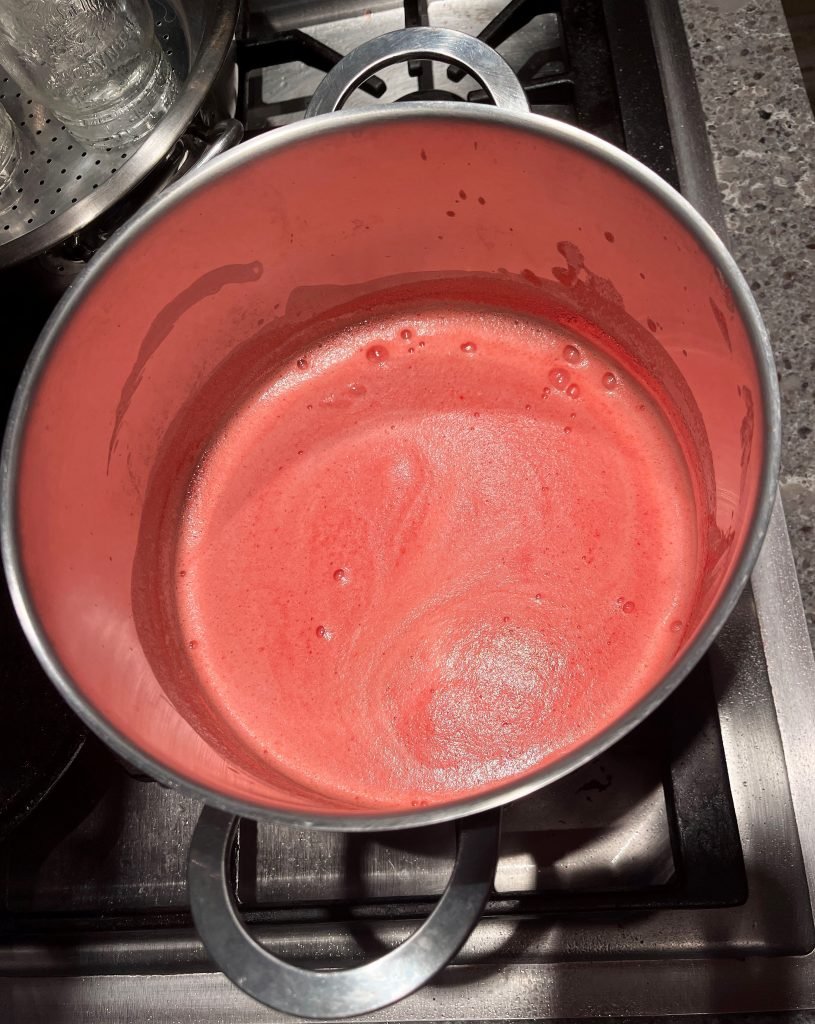


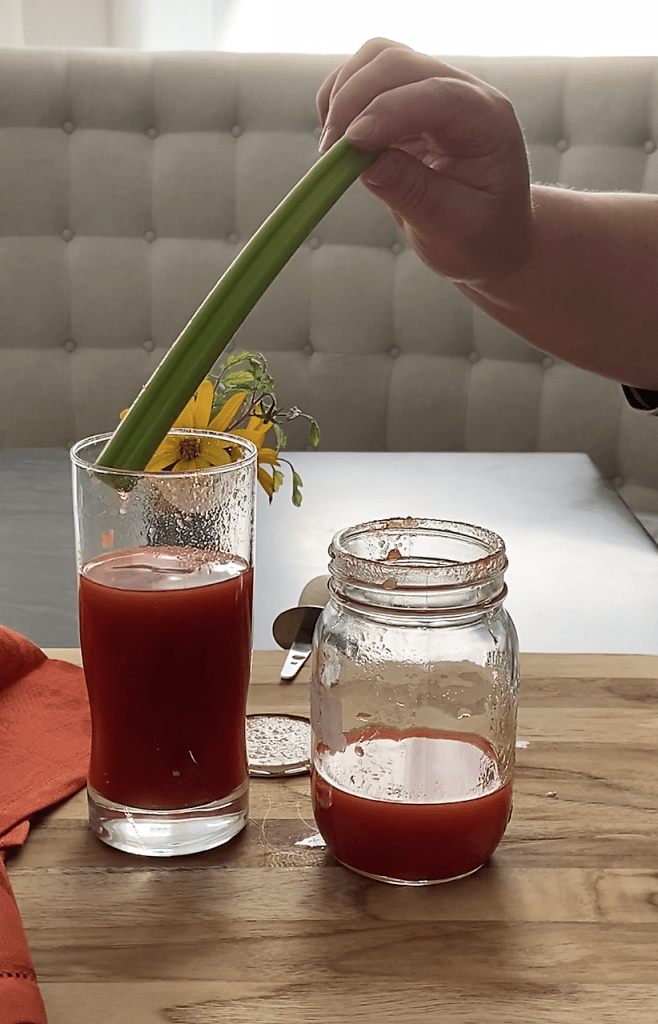
This is a tomato juice recipe for juicer. Make sure to have your juicer ready!
These are some of the juicers to consider
Tomato Vegetable Juice Recipe for Canning
Equipment
- electric juicer
- large pot with a heavy bottom
- potholders, oven mitts, trivets for hot dishes
- wooden spoon
Ingredients
- 13 lb. tomatoes (6 kg)
- 3 tbsp. salt
- 5 tbsp. sugar
- 1 lime juiced
- ½ lb. bell peppers of any color (250 gr.). Two large bell peppers should suffice.
- 1 lb. carrots (500 gr.)
- 1 lb. celery (500 gr.)
Instructions
Preparing the Vegetables for the Tomato Vegetable Juice Recipe:
- Start by thoroughly washing the vegetables under cold running water, using a scrubbing brush or your fingers to remove any visible dirt.
- For the tomatoes, use a sharp knife to cut off the stem end, where the core is attached.
- Remove the tomato core using one of two methods:◦ Knife Method: Insert the knife blade at a slight angle into the tomato where you removed the stem, then cut around the core in a circular motion, angling the knife slightly toward the center of the tomato to extract the core. ◦ Tomato Corer Method: Alternatively, use a tomato corer, a specialized kitchen tool designed for this purpose. Insert the corer into the tomato where the stem was removed, twist, and pull it out to extract the core.
- Check the tomatoes for any blemished or spoiled portions and discard them.
- Slice the tomatoes into pieces small enough to fit into your juicer, usually cutting them in half is sufficient.
- Deseed peppers and cut them into quarters or halves as needed.
- Peel carrots and cut them into halves if you need to make them more manageable.
- Juice the lime to have its juice ready for later.
Juicing and Cooking the Tomato Vegetable Juice:
- Use your juicer to extract the juice from all the prepared vegetables. Collect the juice in a bowl or container.
- In a suitably sized tall pot, combine the extracted juice with the lime juice, salt, and sugar.
- Place the pot over medium heat, bringing the tomato vegetable juice to a boil. Reduce the heat to medium-low simmer and allow the juice to gently simmer for 20 minutes.
Preparing the Tomato Vegetable Juice for Canning:
- Begin sterilizing the jars you plan to use for canning at the same time as you start working on the juice.
- While your homemade tomato vegetable juice is boiling, you may notice foam rising to the surface. Use a spoon or ladle to gently skim off this foam and discard it. Foam often contains impurities from the vegetables, and removing it helps clarify the juice.
- Ensure that your Mason jars are ready for immediate canning once the juice is prepared.
Yield
Choose your preferred canning method to preserve your tomato juice
For those processing this preserve using water bath or steam canner, the processing time guidelines at various altitudes are as follows:
0 – 1,000 ft: Pints – 35 mins, Quarts – 40 mins
1,001 – 6,000 ft: Pints – 40 mins, Quarts – 45 mins
Altitudes Above 6,000 ft: Pints – 45 mins, Quarts – 50 mins
Frequently asked questions
How long to boil vegetable juice before canning?
We advise to gently simmer it for 20 minutes. Make sure you keep the lid on.
My tomato vegetable juice separates when it’s canned. Is it normal?
It’s common for homemade tomato juice to separate after canning. Solids and liquid in the juice have different densities and can naturally settle into layers over time. This doesn’t mean it’s spoiled; just shake or stir before use.
How can I increase/decrease size of this tomato vegetable juice batch?
To make more, double or triple the ingredients; for less, reduce proportionally. For example, halving the batch means using half of each ingredient while always boiling the juice for 20 minutes.
What is the difference between tomato juice and vegetable juice?
Tomato juice and vegetable juice are not the same! In general, while tomato juice focuses primarily on the flavor and nutrients of tomatoes, vegetable juice incorporates a variety of vegetables. As a result, vegetable juice has a more diverse taste and a broader nutritional profile. Ultimately, the choice between the two depends on your taste preferences and dietary goals.
Why is tomato juice good for you?
Tomato juice is considered a healthy beverage for several reasons, primarily due to the numerous nutrients and bioactive compounds found in tomatoes. Here are some of the key reasons why tomato juice is good for you:
Low in Fat and Cholesterol: Tomato juice is naturally low in fat and cholesterol, making it a heart-healthy choice.
Digestive Health: The fiber content in tomato juice can aid in digestion and support a healthy gut. It may also help prevent constipation.
Rich in Vitamins and Minerals: Tomato juice is a good source of essential nutrients, including vitamin C, vitamin K, potassium, and folate. These vitamins and minerals are important for overall health and well-being.
High in Antioxidants: Tomatoes are rich in antioxidants, particularly lycopene. Lycopene is a carotenoid pigment that has been associated with various health benefits, including reducing the risk of chronic diseases and protecting against free radical damage.

What are the ways to enjoy this tomato vegetable juice?
- Enjoy It as a Refreshing Drink:
- Serve it chilled or over ice for a refreshing and revitalizing beverage, especially on a hot day.
- Use It as a Base for Cocktails:
- Tomato vegetable juice serves as an excellent base for classic cocktails like Bloody Mary or a Virgin Mary (a non-alcoholic version). Simply mix in your preferred spirits or enjoy it as a mocktail.
- Incorporate It Into Soups:
- Use it as a base for homemade soups, such as gazpacho, a chilled Spanish tomato and vegetable soup, or a warm tomato and vegetable bisque.
- Make Dressings and Vinaigrettes:
- Blend tomato vegetable juice with olive oil, vinegar, herbs, and seasonings to craft delicious salad dressings.
- Stir It Into Rice or Quinoa:
- Add a splash of tomato vegetable juice while cooking rice or quinoa to infuse it with a rich, savory flavor.
- Pair with Snacks:
- Serve tomato vegetable juice alongside your favorite snacks like popcorn, chips, or crudités for a nutritious twist.
- As a Post-Workout Recovery Drink:
- The potassium in tomato juice can help replenish electrolytes after exercise. Consider using it as a post-workout recovery drink.
- Customize Your Garnishes:
- Get creative with garnishes by adding celery sticks, olives, pickles, or a sprig of fresh herbs like basil to enhance the flavor and presentation.
Related posts:

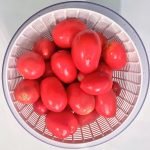

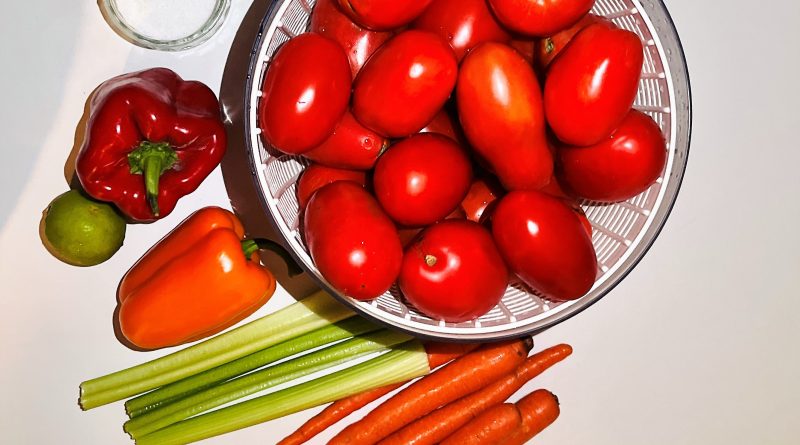

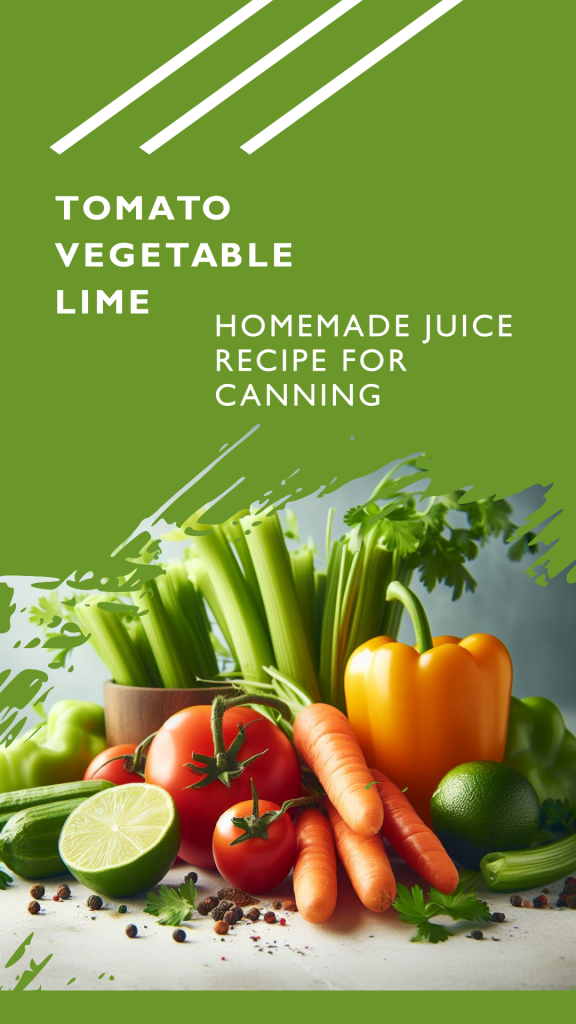


Leave a Reply